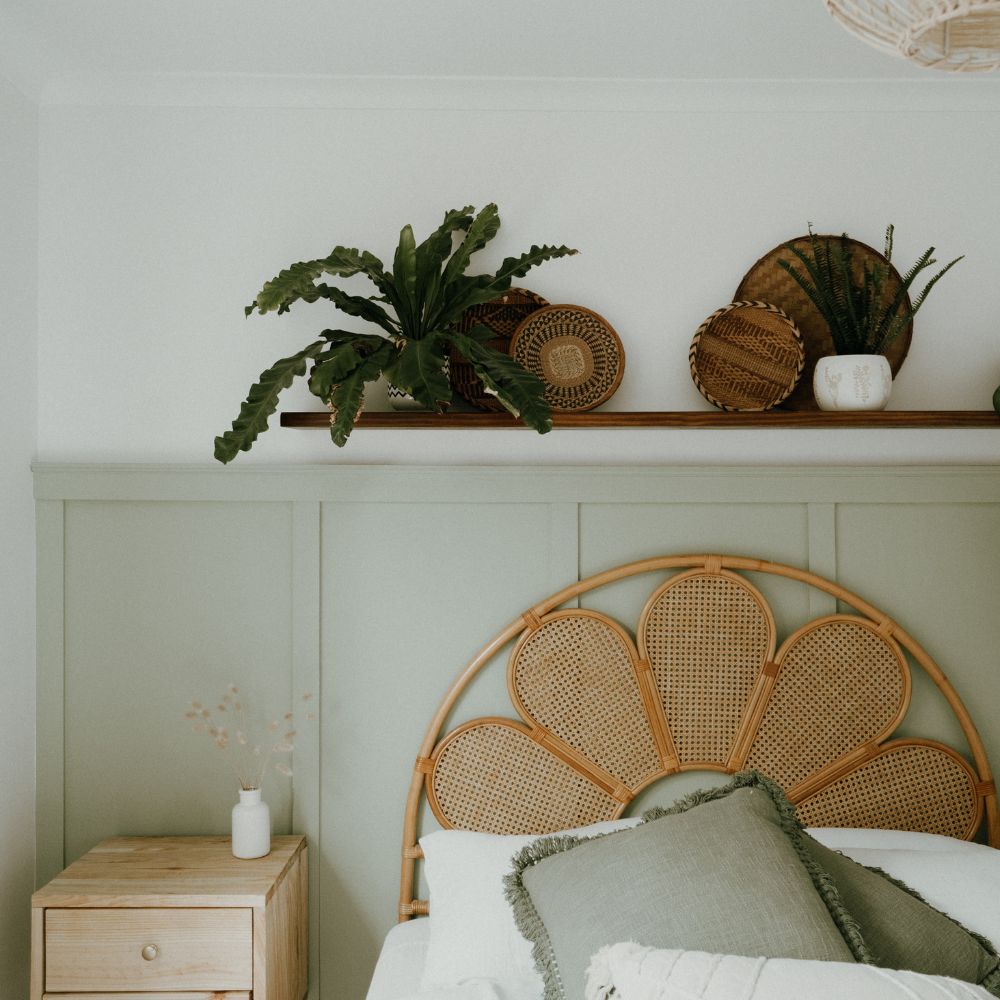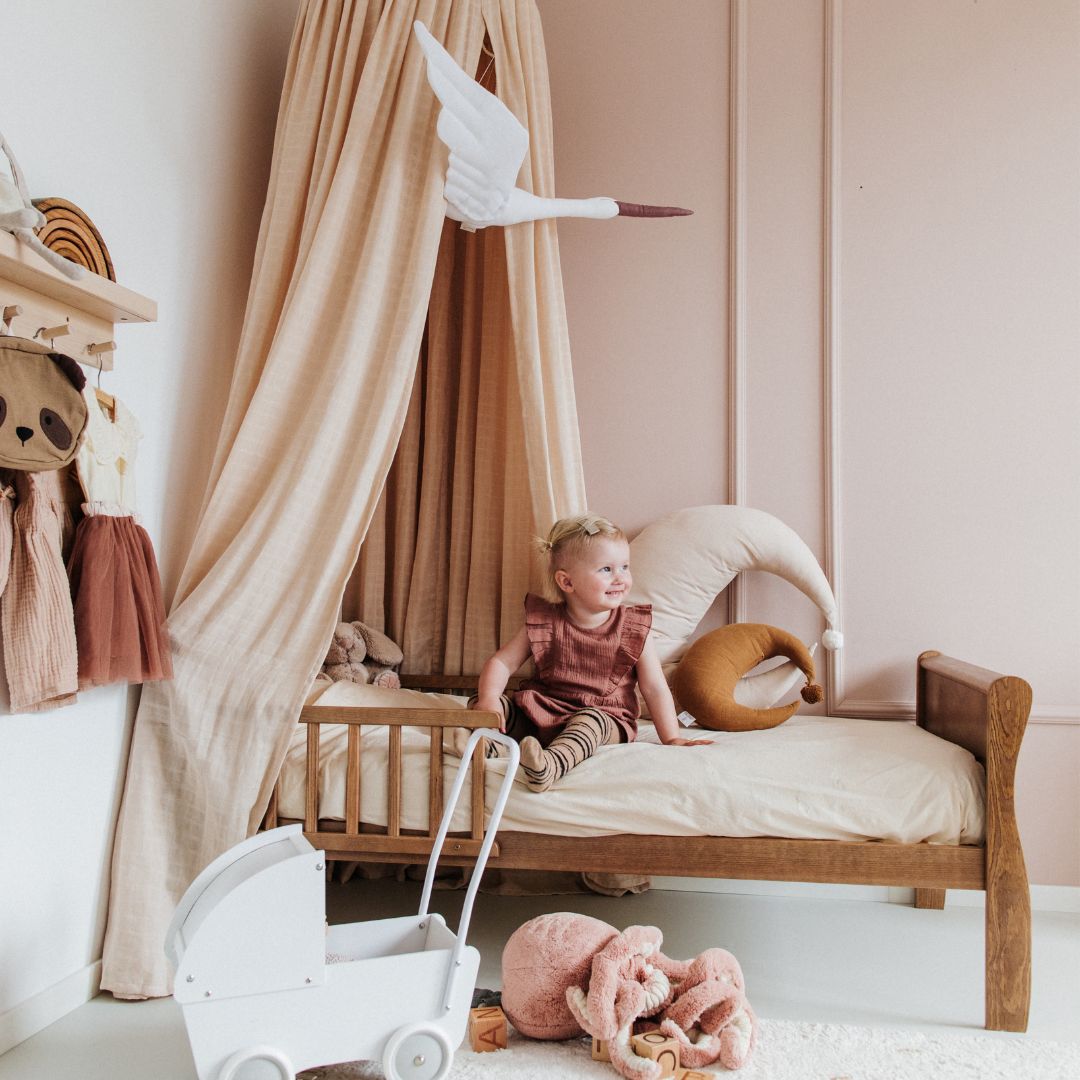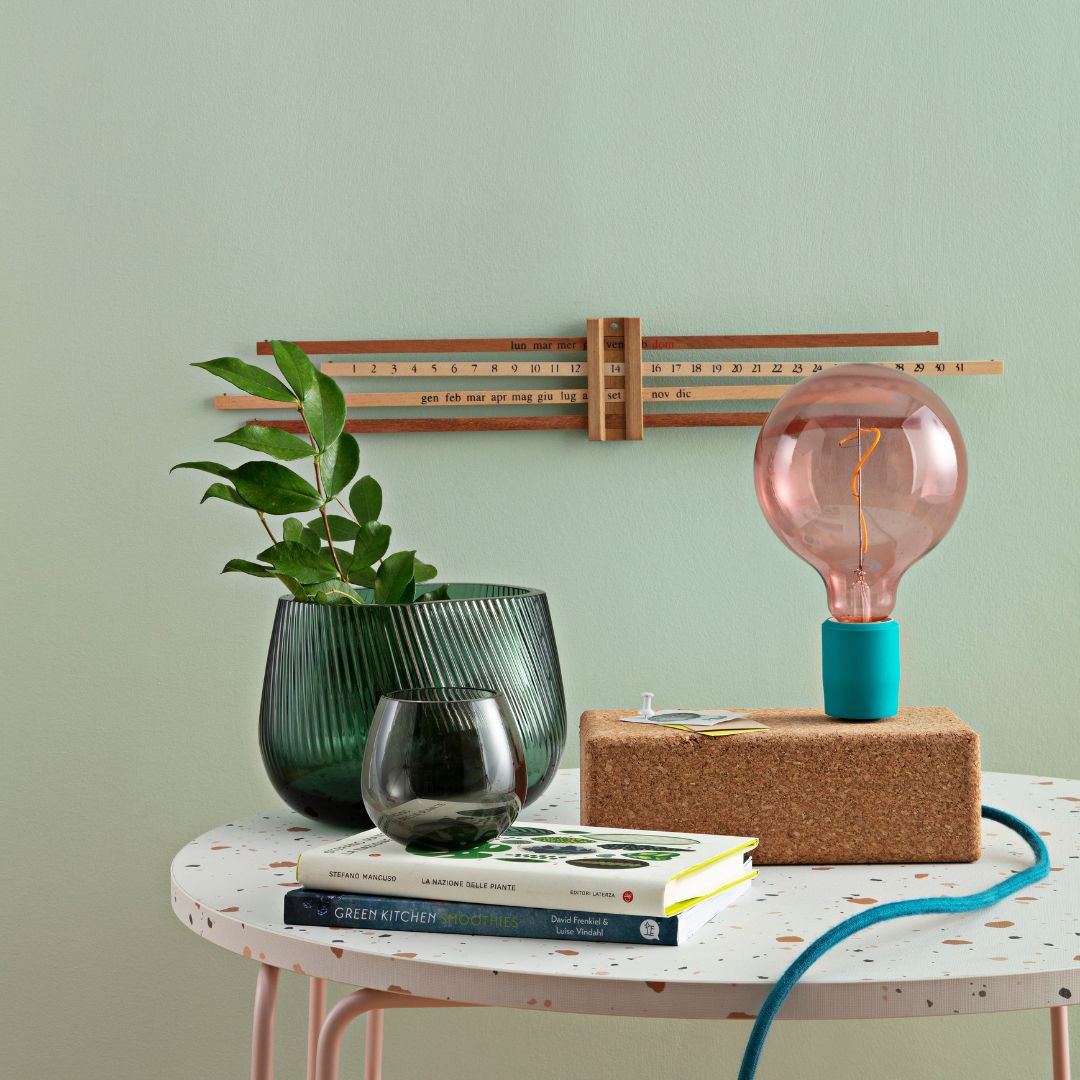Choosing white paint in your living room allows you to choose neutrality and, above all, promotes the feeling of space.
Far from the preconceived ideas about white paint, it is important to take into consideration the fact that there are a multitude of whites and that it is indeed a color in its own right in a paint color chart, and which is very largely used on living room walls. Shades of white can bring a real atmosphere to your living room: white can be tinted with a warm tone or a cooler tone.
Beyond the choice of white paint color: the choice of finish also has an effect on the appearance and color used on the walls: matte, satin or velvet.
This guide will help you understand the different colors and shades of white paint that you can apply in your living room to achieve the ambiance you want in your interior.
The different types of white for your living room
If you're reading this guide, it's because you want to use white for the walls and ceilings of your home, especially your living room.
Here is our entire collection of white paint that we offer, with the differences that exist between these colors, allowing you to make the right choice of white to apply to the walls of your living room.
Pure white
Pure white is the standard and universal white. It's a paint widely used in new construction to give interiors a fresh look.
While it's sometimes undervalued for decorating a living room or any other room in the house, it has the advantage of reflecting light better. As with all the whites we're going to present to you, you can use pure white paint as a total look or combine it with other shades.
The grayed white
This is a white that can also be called "medium white." Its slightly grayed appearance can make it a white that can be described as cooler. You can therefore use it to give your living room a chic and more subdued atmosphere than with a slightly warmer white. You can combine it with another white or a gray to create a color palette.
The white beluga
Subtly tinged with pink, it's a fairly original white but which will allow you to dare to use color without taking risks, which is not easy in a room like the living room.
It's a perfect color for combining different elements of your decor. A soft and subtle decorative color, its pink appearance will be a way to assert your personality in your living room.
Warm white
This is the most fashionable tinted white in terms of trends: our warm white is a white subtly enhanced with a hint of yellow that undeniably warms up the room.
A bonus of this color is that it's a shade that will preserve and optimize the room's light, whether natural or artificial. You can use warm white on your ceilings too!
What to choose between warm white or cool white shade?
Warm white is an opportunity to create a more cozy atmosphere in your home and is often composed of warm tones such as red, yellow or even orange, like our warm white which makes up our range.
Warm whites are therefore ideal for living rooms where you want to achieve a feeling of comfort and relaxation. For north-facing living rooms, using this type of shade can warm up the atmosphere.
Cool whites (with blue or green undertones, for example) will influence the visual perception of space. These types of paints are best if your living room is too small.
The influence on the light in the living room will also be considerable, as it will tend to make it appear larger.
Matte, satin or velvet: which finish should you choose?
Rest assured, the fact that the finish changes the color is a misconception. However, the rendering and appearance of the paint can be modified depending on the paint finish you choose for your living room walls.
Matte paint is generally recommended for ceilings because they tend to reflect less light. On the other hand, for walls, you can use satin or velvet paints.
Satin is the finish with the highest shine, so you can use it if that's the effect you're looking for. Velvet is the happy medium between matte and satin, and although it's less washable than satin, it's a finish with a more neutral shine.








